In the highly competitive oral care market, teeth whitening devices have gained significant popularity. However, as the demand for these products rises, so does the risk of patent infringement and intellectual property protection. For brand owners, ensuring compliance with patent laws and protecting intellectual property is crucial to avoid legal complications and financial losses. This blog will explore key aspects of patent protection for teeth whitening devices and strategies to mitigate the risk of product infringement.
A patent grants exclusive rights to inventors and businesses, preventing others from making, using, or selling their patented products without permission. In the teeth whitening industry, various innovations—such as LED whitening technology, gel formulations, and device designs—may be protected under patents. Brand owners should conduct thorough research to understand existing patents and avoid unintentional infringement.
Before developing or launching a new teeth whitening device, it is essential to perform a comprehensive patent search. This process helps identify existing patents and determine whether a new product may infringe on existing intellectual property rights. Hiring a professional patent attorney or utilizing patent databases can assist in ensuring compliance with global IP laws.
Infringing on a competitor’s patent can lead to severe legal consequences, including costly lawsuits, product recalls, and reputational damage. Brand owners should be aware that even unintentional infringement can result in penalties. To mitigate risks, companies should obtain legal advice, secure proper licensing agreements, or consider designing around existing patents.
To safeguard their innovations, brand owners should invest in robust intellectual property protection strategies, such as:
Filing patents for unique product features and innovations
Registering trademarks to protect brand identity
Securing copyrights for product manuals, packaging, and marketing materials
Implementing non-disclosure agreements (NDAs) when working with manufacturers and partners
Selecting the right manufacturing partner is critical in minimizing infringement risks. Brand owners should collaborate with manufacturers who prioritize intellectual property compliance and have a history of developing patent-safe products. Working with legally vetted suppliers can prevent unauthorized copying or patent violations.
Intellectual property protection does not end with patent filing. Continuous monitoring of the market is necessary to detect potential infringements and take timely legal action if necessary. Additionally, staying updated with changing IP laws and regulations ensures that brand owners maintain compliance and adapt their strategies accordingly.
As the teeth whitening device industry continues to grow, the importance of patent protection and intellectual property security cannot be overstated. Brand owners must proactively conduct patent research, implement robust IP protection measures, and work with legally compliant manufacturers to mitigate the risk of product infringement. By doing so, they can safeguard their innovations, maintain a competitive edge, and ensure long-term success in the market.
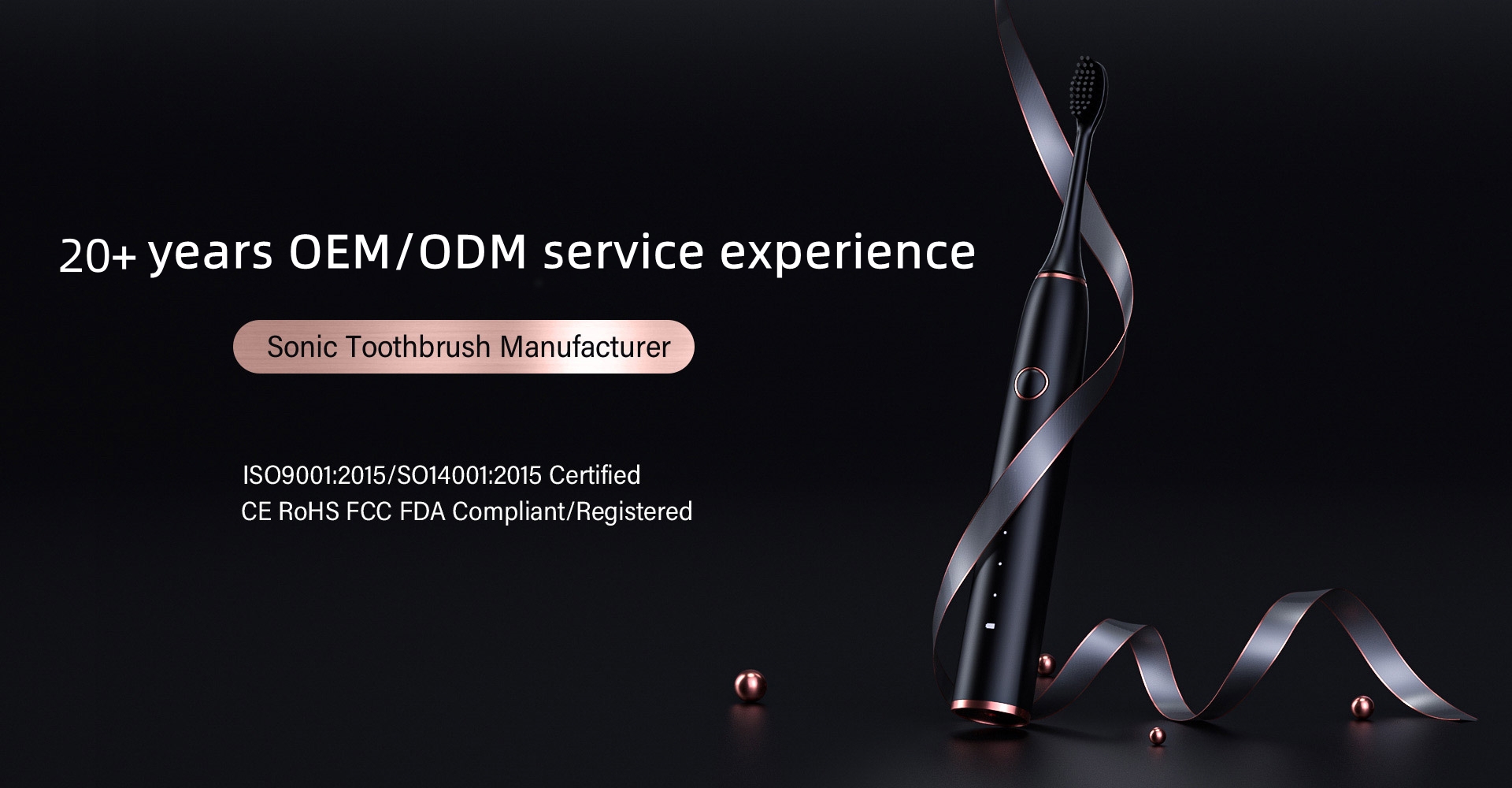
How to Choose Professional Electric Toothbrush Factory Customization Service?

The Core Competitiveness of Electric Toothbrush Motors: How High-Performance Motors Enhance User Experience?
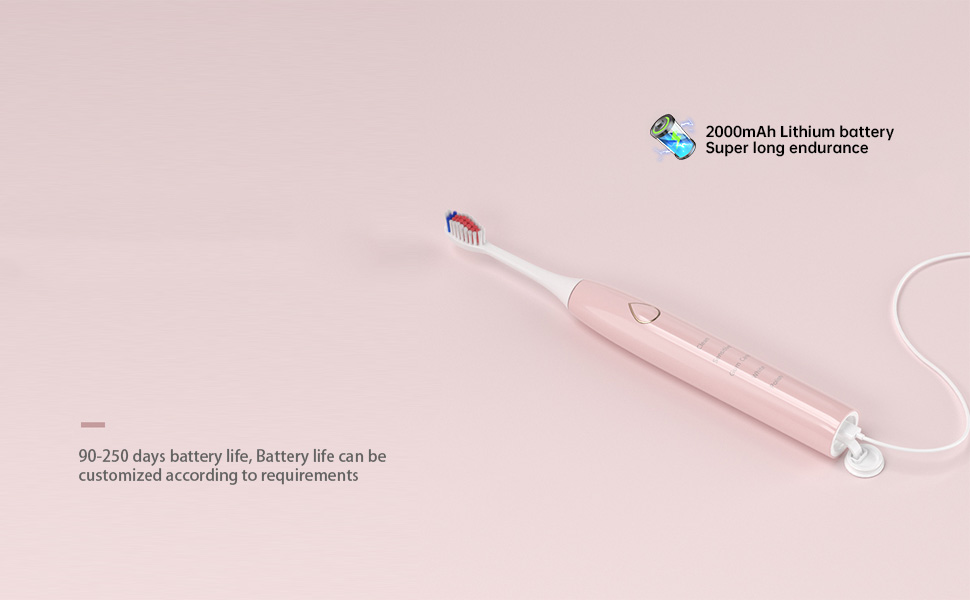
Electric Toothbrush Waterproof Technology Breakthrough: How to Realize IPX7 IPX8 Level Waterproof Standard?
Motorized Toothbrush Testing & Overall Solutions | Quality Assurance

Oral Irrigator Product Upgrade: Revolutionize Dental Care with Advanced Water Flossing Tech

Cost Control & Market Competitiveness: Optimize Spend, Dominate Markets

The Core Technology of Electric Toothbrush Production: Waterproof Technology and Motor Performance Analysis

Electric Toothbrush Low-Noise × Sonic Vibration: Silent Tech for Smarter Brushing
Power Toothbrush Process Optimization: Achieve 50% Faster Cleaning with Smart Brushing Algorithms
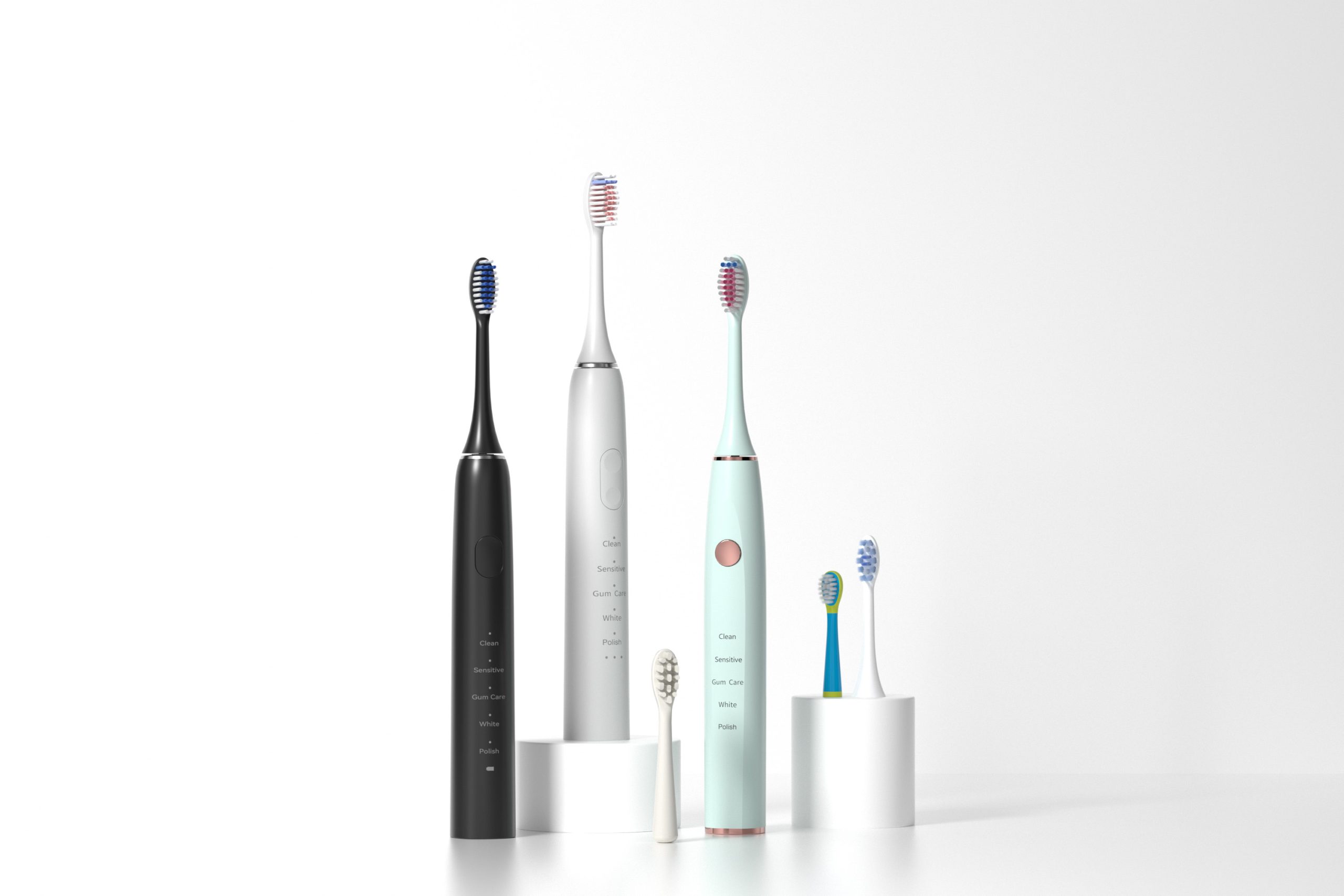
Smart Brush Heads & Wireless Charging
.jpg)
Five Advantages of Electric Toothbrush Customization Service: Why Brand Owners Choose OEM/ODM?
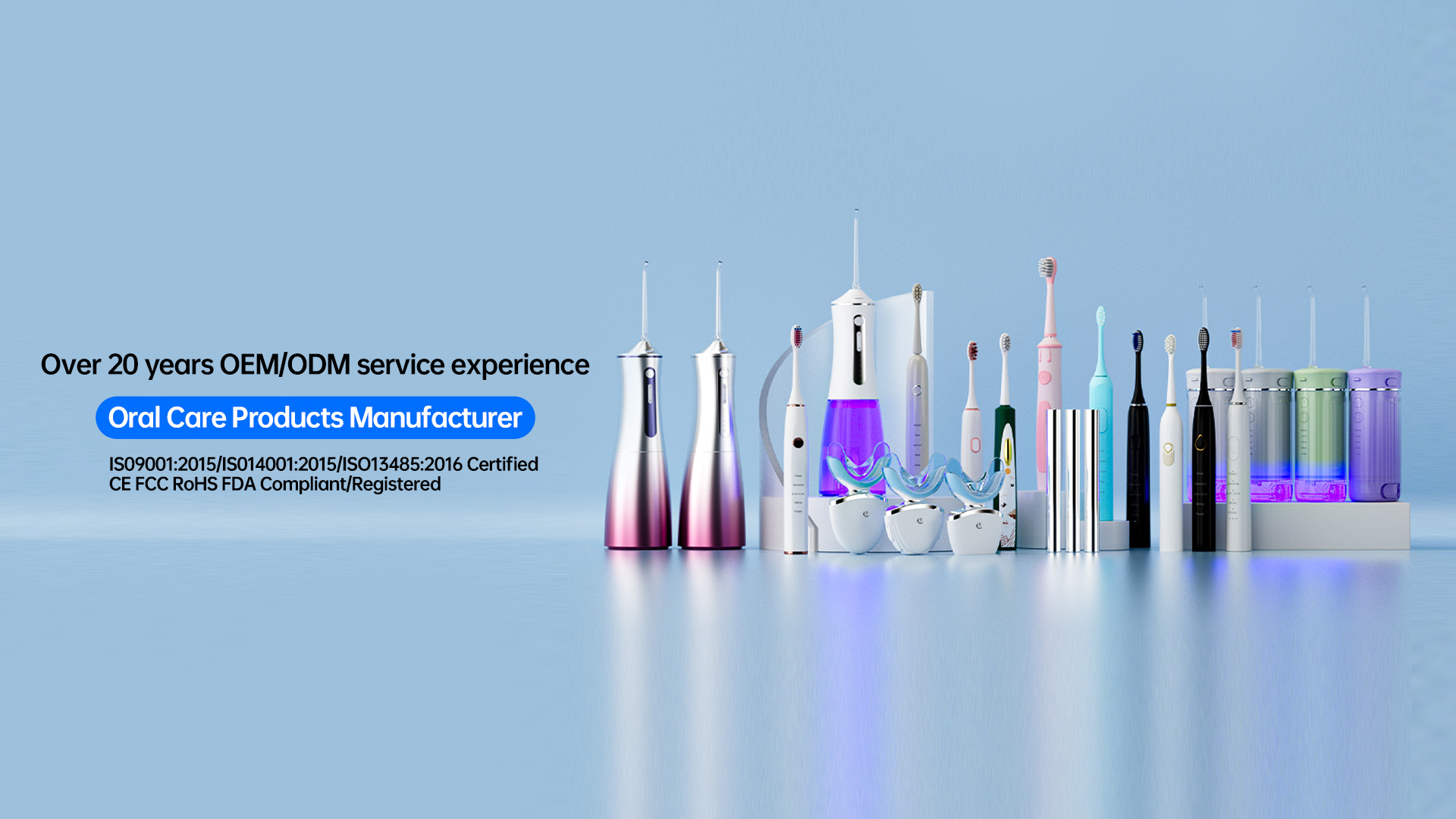
Electric Toothbrush OEM Production Strategy: The Complete Process from Design to Finished Product
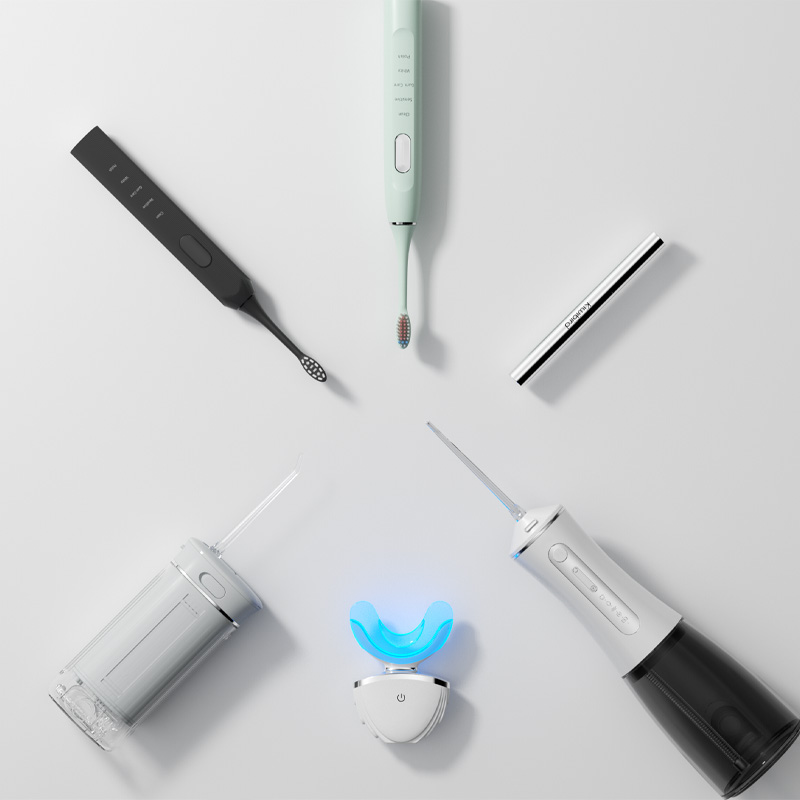
OEM Customization & 24/7 After-Sales Support | Your Manufacturing Partner

What is the Safest Teeth Whitening Method?

Global teeth whitening Device Market : Fastest Growing Regions and Consumer Group Portraits
Manufacturing Standardization & Branding: Consistent Quality, Global Trust

electric toothbrush heads Deep Clean

electric toothbrush heads Charcoal Infuse-Round

Customization Teeth Whitening Gel

electric toothbrush heads Regular Clean

Private Label Whitening Gel
.jpg)
Florida Electric Toothbrush – Powsmart PTR-C8

Electric toothbrush heads Charcoal Infused-Diamond

electric toothbrush heads Ultra Soft
whstapp
whstapp
National Toll-Free Service Hotline
+86 755 86238638